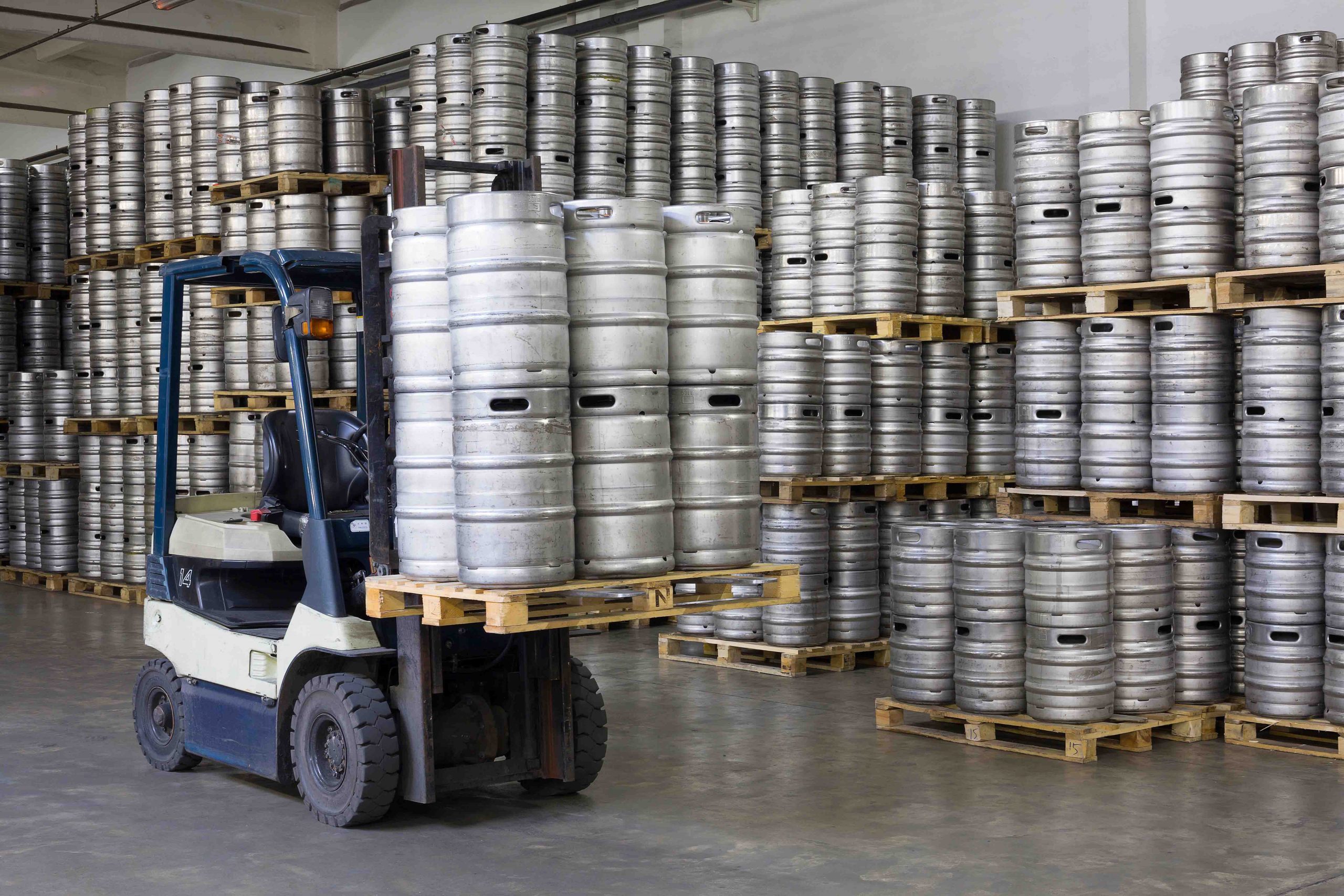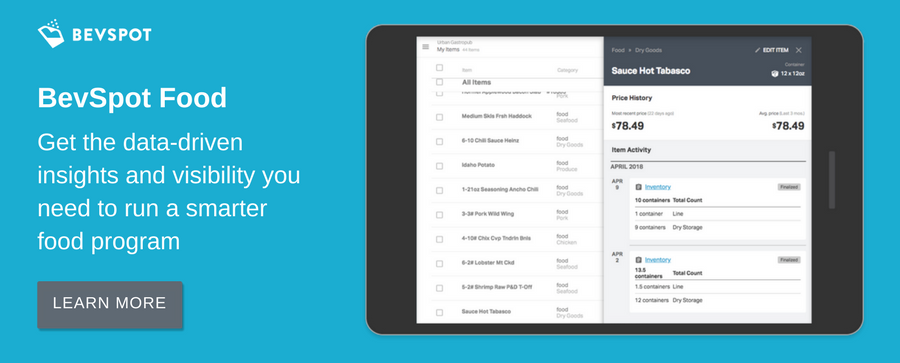
Bar Inventory, Inventory, Management
How to Count a Keg in Inventory—Bar Management
By Rachael Perry

By Rachael Perry

Questions range from “What’s the best method to use?” and “How many ounces in a keg?” to queries such as, “Should I use a keg scale?” or, more simply, “How many beers are in a keg?” Bar inventory can be a difficult process, and counting kegs is certainly one of the most ambiguous parts. It can get pretty confusing.
Start Your Free Trial With Bevspot Today!
When calculating inventory usage for a bar, factoring in the keg is one aspect that many bartenders struggle with. The touch-and-guess method is the most common industry practice for measuring kegs, but it’s also the least accurate.
The touch-and-guess method involves a physical observation, either by kicking, lifting, or shaking the keg. The next step is to estimate how much liquid is left by guessing to the tenth. For example, if, after kicking it, the keg sounds quite hollow, you could guess that it might be 30% full, or at 0.3. On the other hand, if it sounds fairly heavy, you might guess that it’s sitting at around 0.8.
However, the flaw in this method lies in individual judgement calls. One bartender’s 0.7 might be another’s 0.5, creating inaccurate recordings in your inventory count.
This is bad news.

Find out how to take inventory 3x faster.
A more precise way to measure a keg for inventory is by using a keg scale. These can be purchased from most scale manufacturers or online (just make sure to buy one that can take at least 300 pounds).
Most bartenders have a system in place that helps them translate weight to number of beers. And depending on the size of your kegs, you’ll need to account for a tare weight, too, which you can determine by first weighing one or two empty kegs. You’ll also need to be aware of the keg’s tap lines—it’s fine to weigh kegs while they’re still tapped, but make sure you’re not alternating between tapped and untapped kegs, as the weights will vary.
The only downside of a keg scale is the need to move and lift heavy kegs onto the platform—this can take time and some employees may struggle with the physical demand, creating a safety issue.
The Keg Check is one of the more popular gadgets used by the commercial bar industry. It’s an attachable wrench that measures the amount of beer left in a keg. After fixing the gadget to the rim of the keg, you can pull back on it, allowing the scale to read the weight of the keg, either in liters or gallons. It’s fast, accurate, and easy to use, and there’s no heavy lifting involved. It’s also fairly affordable.
There are several other lesser-known gadgets that offer options for how to count kegs.
There are products like the Smart Strip Thermometer Reader. These are strips that can be attached to the outside of the keg and use thermometric sensing to display the level of the beer.
Then there are a variety of digital flow readers that can be fixed to a keg’s tap lines to measure the ounces or liters of beer that flow through.
POS systems can be an absolute nightmare, we know. But tracking your sales usage along with accurate keg measurement is crucial.
In BevSpot, you can easily upload your POS reports to our platform. We’ll take all that messy sales information and turn it into easy-to-read data. You’ll see how many beers you sold from a specific keg and can compare these numbers directly with your inventory counts.
However, you’ll only be able to identify variance (foam, over-pour, or theft) by measuring your kegs. And by observing your inventory usage this way (comparing your sales usage to your actual usage) you’ll have a complete overview of the product variance for all of your kegs—too easy.
The margin of error in beer inventory management is notoriously high, industry wide. Inaccurate counts mean lost product which means dollars down the drain. Got any methods of your own? Let us know in the comments below!
For more advice and the latest bar industry tips, head to our guide to bar management page.
Think you need a little extra help managing your bar’s inventory? Get in touch with one of our product specialists to find out how we can help.

Start a FREE Trial Today! BevSpot offers full product education and account setup for all customers! No card Information needed!
